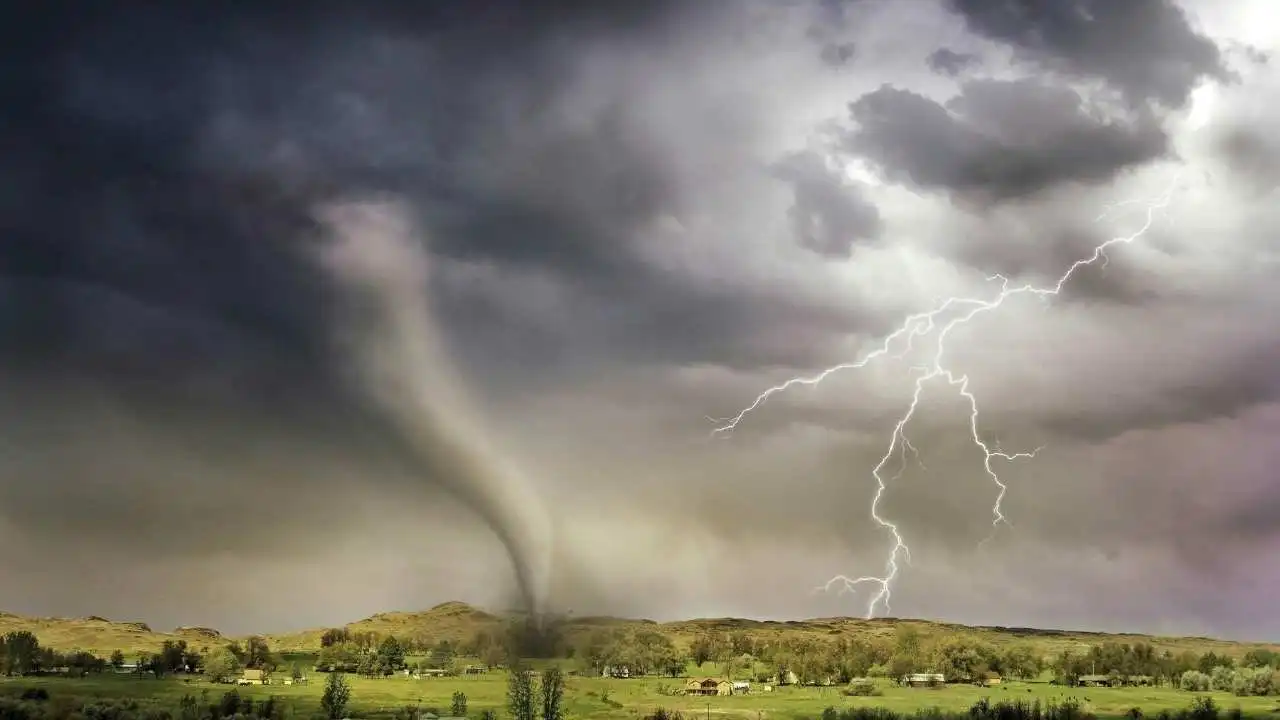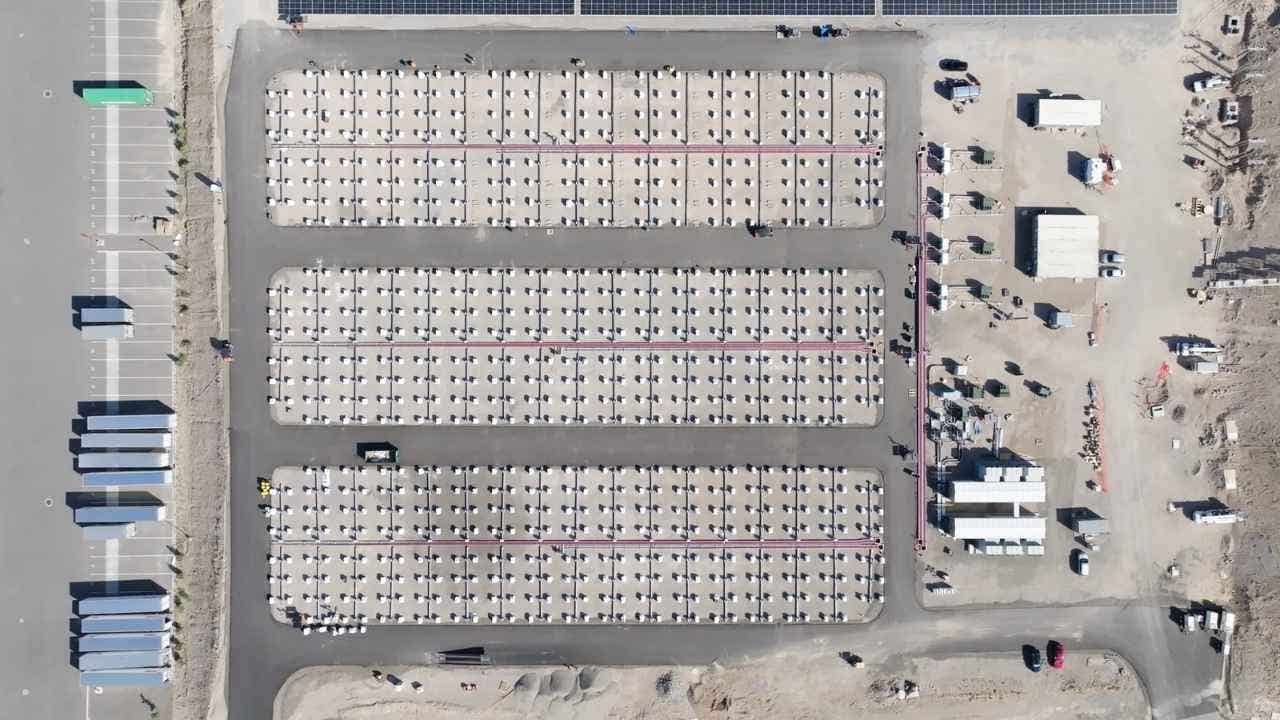Warming Great Lakes could lead to stronger snow storms, climate scientists say

Sarah Bauer was jolted awake by the violent shaking of her house in Torrance, a village in Ontario’s cottage country. Initially thinking it was an earthquake, she soon discovered the cause of the disturbance when she looked outside – a massive tree had collapsed onto her driveway under the weight of rapidly accumulating snowfall, bringing down a power line with it. “It was freaky,” she recalled.
The storm that ravaged parts of central Ontario in late November and early December was described by meteorologists as the most significant in recent memory. Reports indicated that Gravenhurst, a town just south of Torrance, was buried under a staggering 140 cm of snow. Another round of intense lake-effect snow hit areas off Lake Huron in the following week, with more squalls expected to continue into the weekend.
Communities situated off the Great Lakes are accustomed to substantial snowfall events, earning the region the title of Ontario’s snowbelt. However, there is a new development on the horizon. Climate scientists and meteorologists assert that climate change, fueled by the burning of fossil fuels, is contributing to the creation of conditions that can amplify the intensity of these storms.
Richard Rood, a climate scientist specializing in the Great Lakes region, predicts that lake-effect snowstorms will likely become more severe as the planet continues to warm. He explained that these storms depend on a combination of Arctic cold air outbreaks and the relatively warmer waters of the Great Lakes. As the frigid air passes over the lakes, it absorbs moisture and releases it in the form of heavy snowfall on communities downwind, often resulting in localized squalls.
Typically occurring in late autumn or early winter when the lake temperatures are still relatively warm, these storms tend to diminish in frequency as winter progresses and ice cover develops on the lakes. However, with the increasing warmth of the lakes due to climate change, there is more heat and moisture available for the Arctic air to pick up, intensifying snowfall. Additionally, reduced ice cover in warmer winters may allow these storms to persist later into the season.
Gravenhurst found itself in a state of emergency for over two weeks as crews worked tirelessly to clear snow-clogged roads and restore power to thousands of residents. Stranded motorists had to be rescued from a partially closed highway that remained inaccessible for nearly three days.
After navigating through the aftermath of the storm, Bauer’s family in Torrance managed to secure one of the last generators available at a nearby Canadian Tire store. It took four days for their power to be restored, while others were left without electricity for more than a week. “I’m really not used to getting this type of snow as quick as it came,” Bauer admitted.
Predicting the impacts of a changing climate on winter weather poses a challenge for meteorologists. While warmer lakes may lead to more intense snowstorms, the overall warming of winters could also result in precipitation falling as rain. Fluctuating temperatures might cause significant snowfall events to be followed by unseasonable warmth, increasing the risk of winter flooding.
A 2019 report by Canadian and American scientists highlighted the Great Lakes basin’s notable increase in precipitation over the past century, surpassing the national average with a rise in unusually large rain and snow events. The winter of 2024 began with the Great Lakes experiencing one of their warmest periods in recent decades, partly influenced by the lingering effects of the El Nino climate cycle.
As the lakes continue to warm and intensify lake-effect storms, lakeside communities are urged to prepare for the challenges ahead. Rood emphasized the importance of proactive planning to manage future storms effectively. In Gravenhurst, officials are already taking steps to assess the causes of the recent storm and evaluate the local response to improve preparedness for future events.
Despite the hardships brought on by the snowstorm, Bauer found solace in witnessing the solidarity of her neighbors during the crisis. She recounted a heartwarming incident where a resident used a snowmobile to rescue an elderly neighbor trapped in her snow-covered home and offered her shelter. “You could see the community come together,” she reflected.




